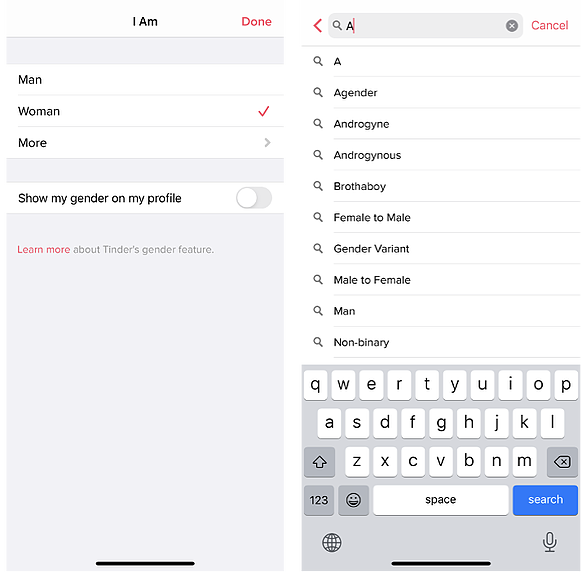In design we often talk about accessibility, usability and user-centricity. But how do we apply these principles to the interactions we have with all types of users?
This is the task of inclusive design. It is an invitation to take into account the diversity of people to avoid excluding them, in one way or another, from digital services and channels.
Inclusive design recognizes the diversity of people's abilities, backgrounds and histories.
It takes into account the needs of users who have difficulty accessing and using digital services.
Instead of offering a single experience with high accessibility, it offers differentiated and varied experiences.
How do you achieve differentiated and varied experiences?
Here are five practical tips to get you started:
-
Enable dark mode and allow text size to be increased.
For older adults, two of the main problems for interacting and reading are the high light contrast of screens and small font sizes.
-
Allow people to write their first and last names with special characters.
It happens to Spanish speakers: we have characters that are not in English, such as accents.
And since they can't write their names properly, many people have problems authenticating themselves, verifying data or making claims. - Avoid binarism in gender options and always address the user with their choice.
For example, Tinder offers more than 30 ways to identify oneself, not just as male or female
-
Incorporate audio interfaces, not just graphical ones.
For people with visual impairments, it is important to have a UX and UI that allows them to fully interact with digital services and channels.
- Use illustrations and images that reflect the diversity of users
People are very different, and it is important that, as much as possible, they find representativeness in the products and services they use and consume.
Don't forget to adapt all this to your design system.
What other practical actions do you know of? Tell us about them!


